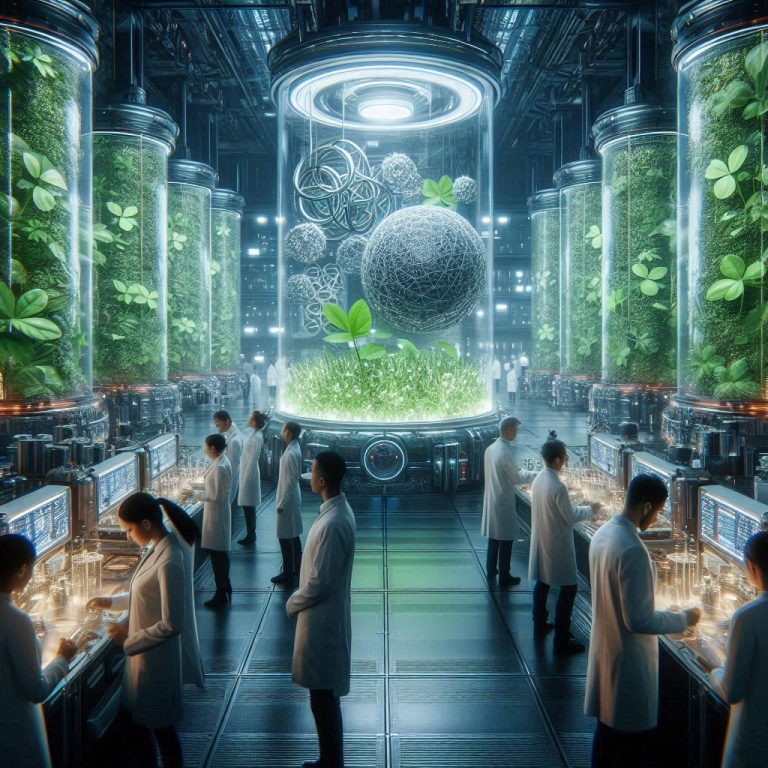Revitalizing Agriculture: The Power of Ecoreefs and Waterways
In the quest for sustainable farming, innovative solutions are not just a luxury, but a necessity. One such solution lies in the creation of new waterways and structures on farms, and the use of ecoreefs to enhance the overall farming environment.
Farming and Ecoreef Development for Dams
Dams play a crucial role in farming, serving as reservoirs for irrigation and sources of hydroelectric power. However, the traditional dam structures often pose challenges such as disruption of natural water flow and impact on local ecosystems. This is where the concept of ecoreefs comes into play.
Ecoreefs can be integrated into dam structures to create ‘eco-dams’. These eco-dams can serve the dual purpose of water storage for irrigation and the creation of a thriving ecosystem that benefits the farm and the surrounding environment.
The ecoreefs in these eco-dams can be designed to mimic natural water habitats, providing a home for various aquatic species. This biodiversity can contribute to the health of the entire ecosystem, including the farm. For instance, certain fish species can help control pests, reducing the need for chemical pesticides.
Moreover, the presence of ecoreefs can enhance the water quality in the dam. They can serve as natural filters, absorbing harmful substances and releasing beneficial nutrients. This can lead to healthier soil when the water is used for irrigation.
In terms of moisture management, the eco-dams with ecoreefs can help maintain optimal moisture levels in the farm. The water from the dam can be channeled through a network of waterways across the farm, ensuring an even distribution of water and moisture.
The Need for Waterways
Water is the lifeblood of any farm. However, the traditional methods of irrigation are often inefficient, power-hungry and wasteful. By creating new waterways and structures on farms, we can ensure a more efficient distribution of water, adding much-needed moisture to the soil. These waterways can be designed to capture and store rainwater, reducing dependence on groundwater and promoting water conservation.
The Role of Ecoreefs
Ecoreefs, artificial reef structures that mimic natural reef systems, can play a pivotal role in this context. While they are commonly associated with marine environments, their principles can be applied to farming as well. Ecoreefs can help create microclimates within the farm, regulating temperature and moisture levels. This can lead to improved soil health, increased biodiversity, and ultimately, enhanced crop yield.
The Bigger Picture
The integration of waterways and ecoreefs in farming practices doesn’t just benefit the farms – it contributes to the health of the entire ecosystem. It promotes biodiversity, aids in soil conservation, and helps combat climate change by sequestering carbon. In essence, it paves the way for a more sustainable and resilient agricultural sector.
Join the Conversation
We invite you to join this important conversation. Share your thoughts, ideas, and experiences. Together, we can shape the future of sustainable farming.
#EcoDams #SustainableAgriculture #Ecoreefs #WaterManagement #Biodiversity #NaturalPestControl #SoilHealth #HolisticFarming #FarmLife #Ecosystem
In conclusion, the integration of farming, ecoreefs, and dam structures holds immense potential for sustainable agriculture. It represents a holistic approach that considers not just the farm, but the entire ecosystem.
Remember, every step we take towards sustainable farming is a step towards a healthier planet. Let’s make every step count.








